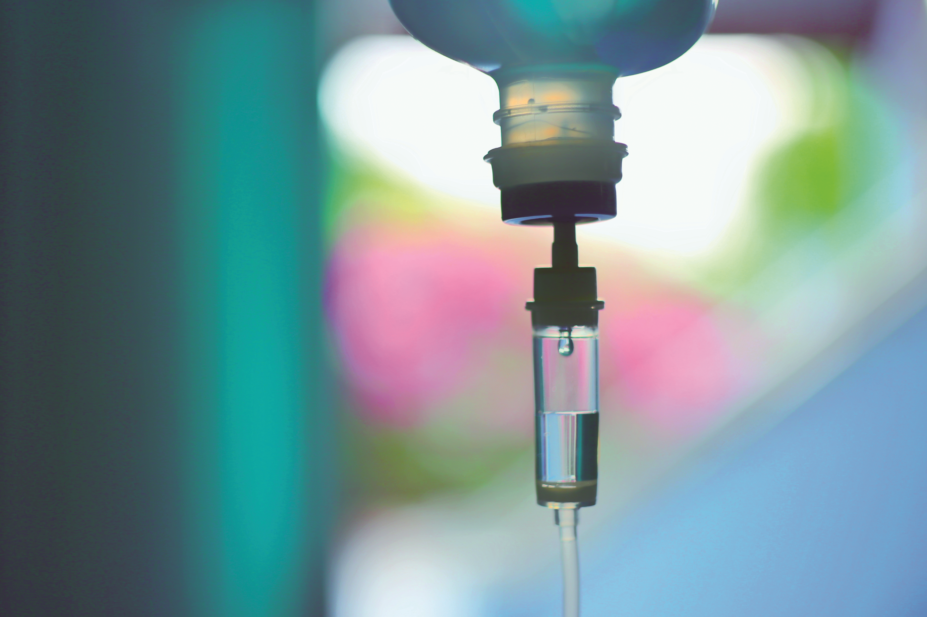
Shutterstock.com
Following national guidance to discard an intravenous (IV) infusion set without flushing it is “unlawful”, the former head of safe medication practice at the National Patient Safety Agency has warned.
In a letter written for
Clinical Pharmacist, David Cousins, now an independent consultant in safe medication practice, said guidance published by the National Infusion and Vascular Access Society (NIVAS) on IV drug administration, should be considered “draft guidance” and be subject to a consultation.
The guidance, published in April 2019, concluded that discarding the IV infusion set, rather than flushing it, is the preferred method for dealing with any residual drug that is left when the infusion bag is empty and disconnected.
“The NIVAS board agrees that the risk to patients is low and that there are only a few situations when it would be advantageous to flush the giving set,” the guidance said.
But Cousins said that discarding the residual drug “is unlawful and is not in accordance with the Medicines Act 1968, which requires medicines to be administered in accordance with the prescription”.
He added that the practice is also not in accordance with the professional standards of nurses, midwives and pharmacists, which require medicines to be administered in accordance with the prescription.
“It could be considered professional negligence if a pharmacist dispensed medicines containing only 80–90% of the prescribed dose,” he said. “Why should this be any different for the administration of infusions?”
While the guidance did note that “theoretically” there is a risk of underdosing when discarding the infusion set, Cousins said published evidence indicates that up to 20% of the prescribed infusion dose may not be administered without flushing the set, and therefore the underdosing is “actual, not theoretical”.
“There is no published research to indicate that this underdosing does not cause harm or lack of effectiveness,” he added.
“Underdosing antibiotics will reduce maximum serum levels and reduce the time it takes for blood levels to exceed the minimum inhibitory concentrations, and this is likely to reduce the effectiveness of antibiotics.”
In response to Cousins’s concerns, NIVAS said the guidance was produced at the request of its members, as well as Medusa — the UK’s NHS Injectable Medicines Guide — in order to clarify the current situation and offer some valid options to enable infusion practice.
“Medusa, which is made up of mainly pharmacists, has reviewed the guidance and were supportive of it,” it said.
“Practical and easy to follow, the flushing guidance that NIVAS has produced is just that — guidance — to assist in clinical practice as it is at the moment. As the guidance states, local organisations must decide in their medication safety committees which option they wish to follow, if any.”
References

